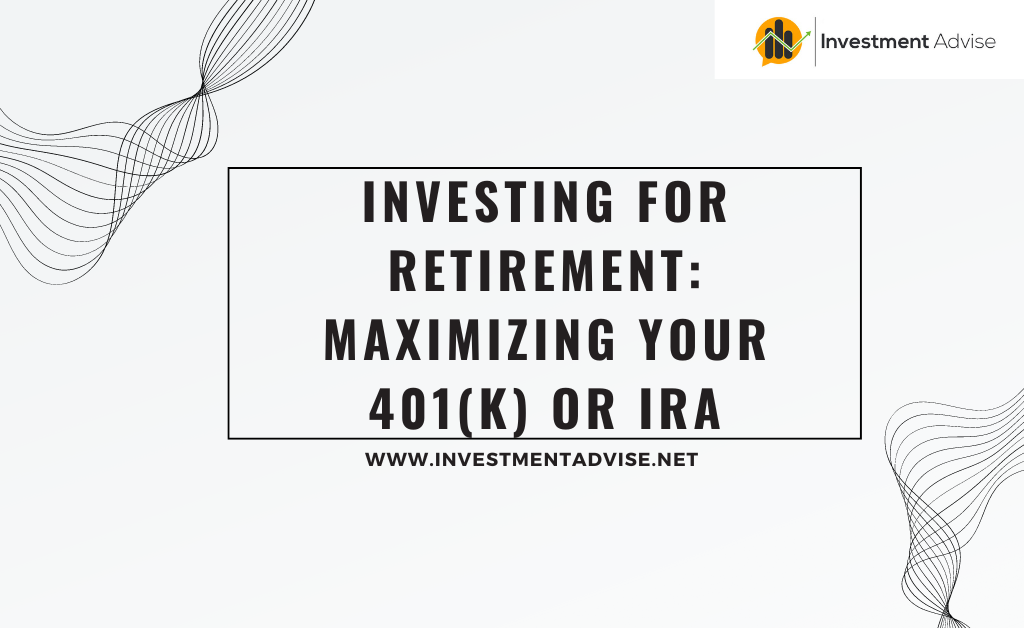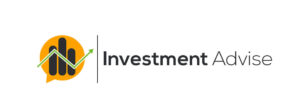Retirement might seem like a distant dream, but the reality is, it creeps up faster than you think. One of the most powerful tools at your disposal for building a comfortable retirement nest egg is your 401(k) or IRA. These retirement accounts offer significant tax advantages and investment growth potential. But how can you maximize their benefits? Let’s dive in.
Understanding 401(k)s and IRAs
Before we delve into maximization strategies, let’s quickly differentiate between 401(k)s and IRAs.
- 401(k): Sponsored by employers, 401(k)s allow you to contribute a portion of your pre-tax salary to an investment account. Many employers offer matching contributions, which is essentially free money.
- IRA: Individually owned retirement accounts, IRAs come in two primary types: Traditional IRAs offer tax deductions on contributions, while Roth IRAs are funded with after-tax dollars but grow tax-free.
Maximizing Your Contributions
The first step to maximizing your retirement savings is to contribute as much as possible. Both 401(k)s and IRAs have annual contribution limits set by the IRS. Make it a goal to hit these limits each year. If you can’t contribute the maximum, aim to increase your contributions gradually over time.
Take advantage of employer matches in your 401(k). It’s like getting free money! Treat that match as a guaranteed return on your investment.
Diversify Your Investments
Diversification is key to managing risk. Spread your investments across different asset classes like stocks, bonds, and real estate. A well-diversified portfolio can help protect your savings from the ups and downs of the market.
Consider using target-date funds, which automatically adjust your asset allocation based on your retirement date. This is a convenient option for those who prefer a hands-off approach to investing.
Start Early and Compound Growth
The power of compound interest is a cornerstone of successful retirement investing. The earlier you start saving, the more time your money has to grow. Even small contributions can make a significant difference over the long term.
Use online calculators to estimate your future retirement savings based on different contribution levels and investment returns. This can help you visualize the impact of your choices.
Consider a Roth IRA
While Traditional IRAs offer immediate tax benefits, Roth IRAs can be a powerful tool for long-term wealth accumulation. If you expect to be in a higher tax bracket in retirement, a Roth IRA can help you save on taxes down the line.
Rollover Your 401(k)
When you change jobs, you have options for your 401(k) money. Rolling it over to an IRA can provide more investment choices and flexibility. However, be cautious of early withdrawal penalties.
Review and Rebalance
Your financial situation and goals will change over time. Regularly review your investment portfolio to ensure it aligns with your plans. Rebalancing involves adjusting your asset allocation to maintain your desired risk level.
Seek Professional Advice
If you’re overwhelmed by investment options (investing 1) or unsure about your retirement goals, consider consulting a financial advisor. A qualified professional can provide personalized guidance and help you create a comprehensive retirement plan.
Remember: Retirement planning is a marathon, not a sprint. Stay disciplined, patient, and focused on your long-term goals. By maximizing your 401(k) and IRA contributions, diversifying your investments, and taking advantage of compound growth, you can increase your chances of achieving a comfortable retirement.








